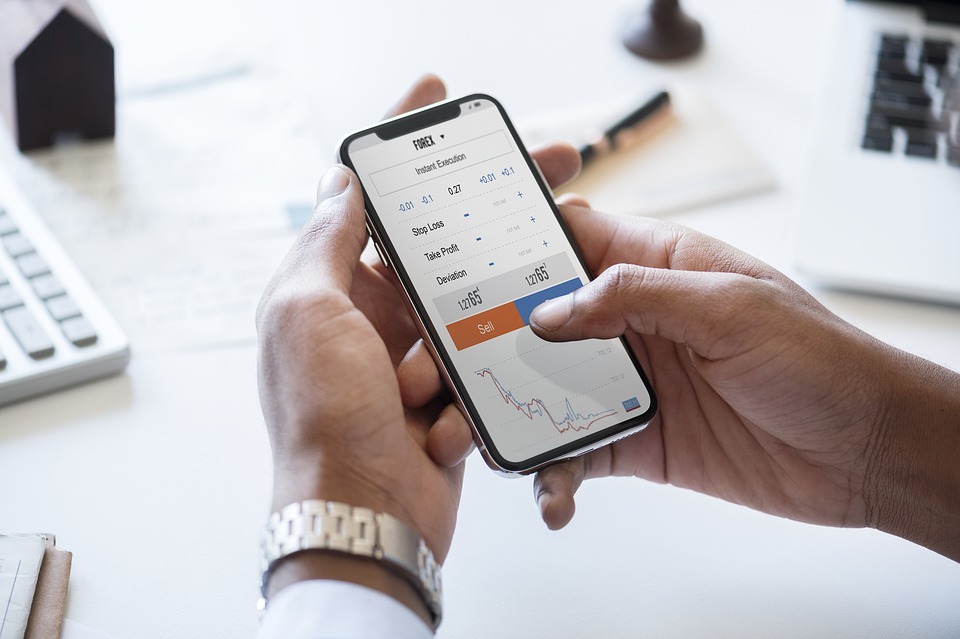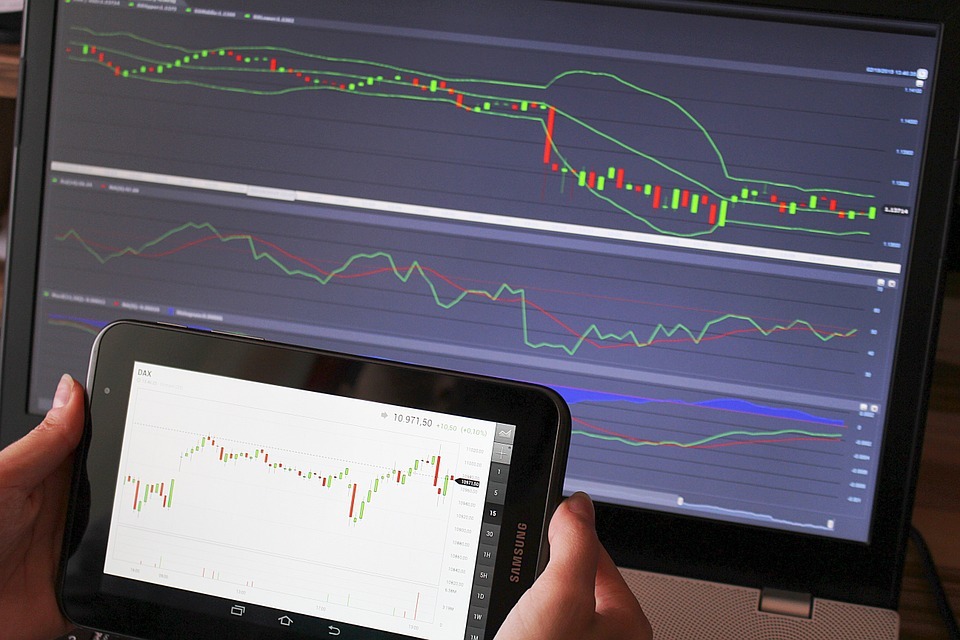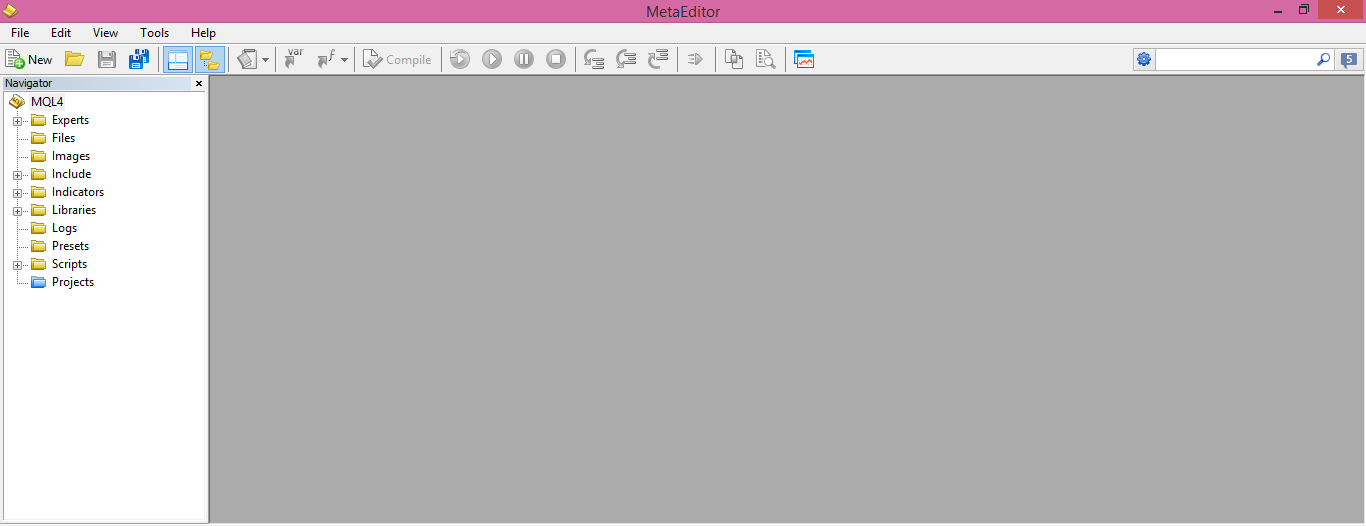MetaTrader4 vs. MetaTrader5
For a long time, the interbank market had been forbidden to retail traders. In fact, retail traders didn’t even know it exists, how it functions, nor its role in modern societies.
Technological advances made it possible for anyone to buy and sell different currencies, either with the purpose of holding them as an investment or for pure speculation. Concepts like leverage, Forex broker, Forex trading, and trading account, are very popular now and the idea of speculating on the currency market doesn’t seem ridiculous to anyone anymore.
But still, to access the interbank market is a costly process for an individual. As such, Forex brokers spotted the opportunity and intermediated the access against a small fee for every trade.
The concept of a brokerage house wasn’t new. After all, the stock market offered some great examples. Only the market was a different one.
The Internet made it possible to access the interbank market from anywhere there’s a connection. Nowadays, with smartphones taking over our lives, the concept of “trading on the go” allows traders to manage their positions from virtually everywhere.

But either from a PC (Personal Computer) or smartphone, retail traders need an interface to the market. That’s the trading platform.
Each broker offers different types of trading platforms. Some are built in-house, requiring substantial maintenance costs and personal to run it.
Others, like the MetaTrader, already exists, and have a great advantage: it is very popular among retail traders.

MetaTrader4 vs. MetaTrader5 in Forex Trading
And, for a good reason. Released in 2006, the MetaTrader4 or MT4 set the industry standard. Fast-forward twelve years, it still represents the first choice when it comes to a trading platform for the retail market.
In Forex trading these days it is all about speed of execution and the extended possibilities a trading platform offers. Compared with the 2006 version, the MT4 today provides a five-digit bid-ask quotation on the most popular pairs, like the USD ones.
This is an improvement from the four-digit quotation a few years ago. It offers tighter spreads, thus making it more attractive to the end user.
Moreover, a four-digit trading platform most of the time sent re-quotes. It means that when the market moved too fast, and traders wanted to trade “at the market,” the platform sent a message that the trade cannot be executed as prices changed.
This was a frustrating feature because, by the time you get into a market, it moves so far away from the intended entry that the trade didn’t make sense anymore.
But soon, retail traders understood that the digits in the MetaTrader4 platform and the re-quotation system didn’t come from the trading platform. But from the broker.
They weren’t MT4 issues. Instead, the broker either lacked the technology to offer better quotes from more than one liquidity provider or didn’t want to.
The MT4 platform has something for every type of trader. Investors and swing traders can make an analysis on bigger time frames, save them in profiles and templates and use and update them anytime they want, having access to historical data as well.
If historical data isn’t available on the trading platform, the MT4 offers the possibility to import it, providing the right format exists.
Scalpers have access to lower time-frames like the one-minute chart, and short-term strategies work better now that there’s access to lightning-fast execution.
Because Forex trading is mostly automated (over eighty percent of all trades), there’s a rapidly growing community of programmers ready to build a trading robot. The Expert Advisor feature in the MT4 allows running your own trading algorithms directly on the trading platform, without interfering with other trading-related activities like charting, manual trading, etc.
By choosing the MetaEditor option from the main MT4 menu, a separate program opens, where the programming starts. Of course, one needs to have the necessary skills, but if not, it’s easy to find a programmer for building the robot.

Moreover, the MT4 platform gives the possibility to test the trading robot, and to check its performance. After all, how best to know if the strategy will work in the future?
Through the Strategy Tester option, traders select the Expert Advisor to run, and set the parameters for the back-test, like the:
- Symbol – the currency pair to run the test on
- Period – the timeframe to run the test on, etc.

So, what does the MT5 version do? If MT4 is so good and great and everyone loves the trading platform, why do we need a new version of it?
The MetaTrader5 appeared four years after the MT4. But not all that’s new is necessarily better. In fact, there was a need for MT5, so the same company, the Cyprus based MetaQuotes Software Corporation, invested in the new version.
However, it didn’t withdraw the MT4 as it had many followers, as it still has to this day. Instead, the company designed the MT5 to address issues the MT4 cannot solve.
As such we can say both that the MT5 is both an improved version of MT4, but also that the MT5 came forth to respond to new industry demands.
For example, in some parts of the world, like the United States of America, Forex trading has some particularities due to heavy regulation from the financial authorities. One of such particularities is the F.I.F.O. rule.
Under the First In First Out rule (F.I.F.O), Forex trading follows specific steps, imposed by the financial authority to brokers, and by brokers to traders. Namely, if a trader buys, say, one lot on the USDCAD pair, and then decides to add to the same position by buying some more, the closing of them must follow the same order.
The MT4 allows the individual management of each position separately. However, that’s not possible on the MT5 platform, as it aggregates all the trades.
So, one reason to develop a new version for the already great MT4 came from regulations. The rule mentioned above applies all over the United States, which is one of the biggest financial markets in the world with a huge retail trading market. Hence, the Cyprus-based company adapted to new market conditions and built a version that fits the U.S. demands.
Another difference (that dissipated in the meantime) was that under the MT5 platform, the coding language MQL5 was much easier than the MQL4 used on the MT4 platform. However, in 2014 a new MQL4 version expanding the original capabilities, reducing the gap between the two.
Conclusion
If you want, think of the differences between the two platforms in the same terms as a phone company releases new versions for its phones. The new version better-serves the same needs, with technological advances making it more suitable and desirable to the masses.
Yet, the MT5 appeared from the need to complete the previous version, so that the company can access different markets. Some say that the MT5 allows for far better money management than MT4.
To some extent, that’s true, especially when you think of the F.I.F.O. rule. But, when things are imposed to a trader, they limit the potential and therefore the first tendency is to reject the new.
If you ask a U.S. based trader about the MT5, the answer will be that Forex trading with this trading platform is excellent. Obviously, there’s no alternative.
But if you ask a Europe-based trader to chose between the MT4 and MT5, most likely the MT4 will be their first pick.
In any case, both are great platforms for retail trading, and Forex trading became easier to deal with and more accurate in execution.


